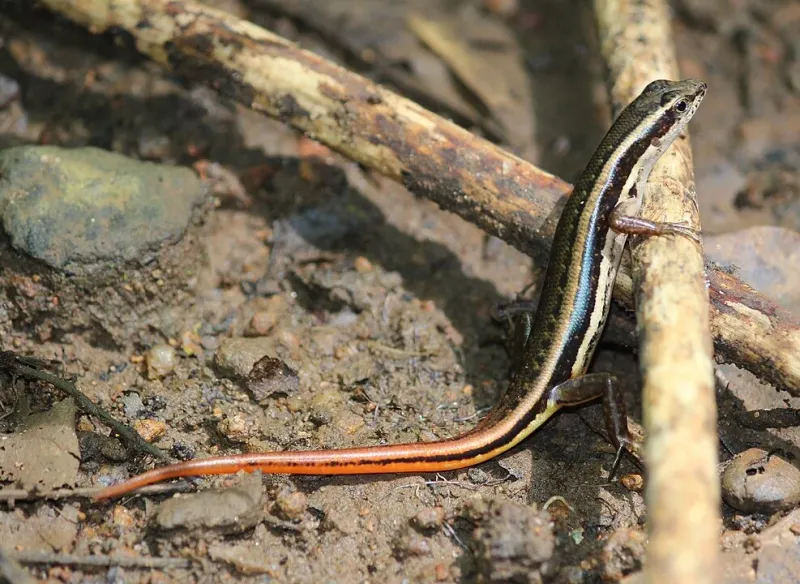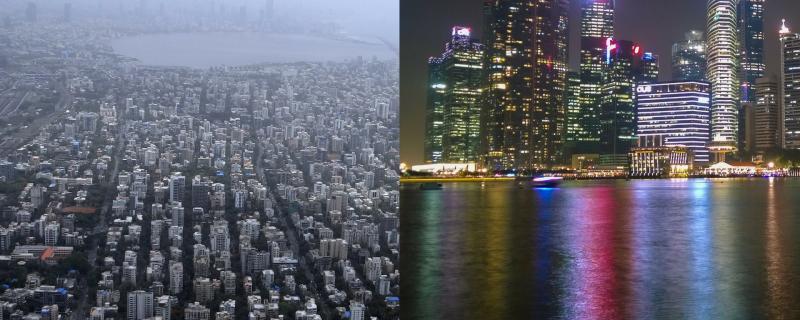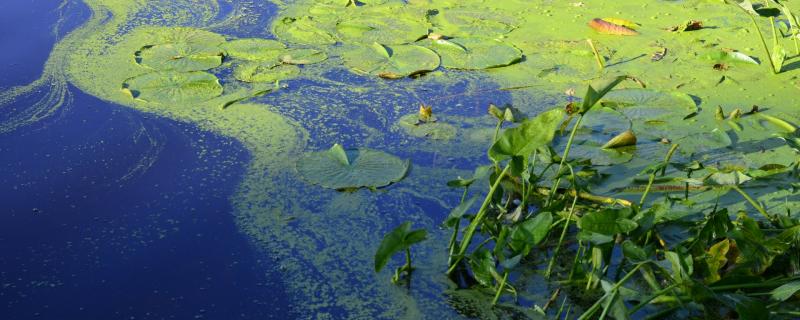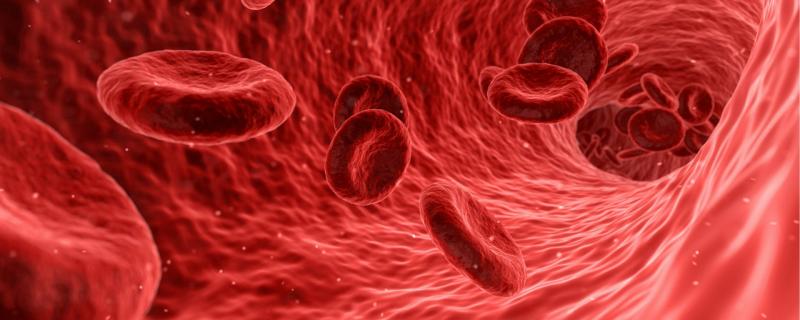India’s premier institutes like the Indian Institute of Science (IISc) and the Indian Institutes of Technology (IIT) are the most sought after institutes in the country that attract the best of the talent from across the country. But how do these national institutes compare with those in Singapore, a major hub of education in Asia? A new study by researchers from the Vidya Academy of Science and Technology, Thrissur and A.P.J.
Society
Chlorella pyrenoidosa is a type of freshwater algae found around the world. It has been used in traditional Chinese medicine for a long time, and in recent times, emerged as a leading candidate for the production of biodiesels. Toxic algal blooms, can be seen covering ponds and lakes, and happens due to a rapid growth of algae in the waterbody. Since some of these algae produce toxins harmful to humans and other animals, toxic algal blooms generally lead to a decrease in the amount of fish in the water and amount of life surrounding it.
[field_op_main_image]
The Andaman and Nicobar Islands are a group of islands and a Indian union territory situated 1200 kms from the easternmost boundary of the Indian peninsula. Although some distance from the mainland, scientists have now found evidence for the effects the islands and the surrounding Andaman sea have on the climate on the mainland. Using satellite data and computer simulations, the scientists have established the area as an important contributor to the Indian Monsoon and as one which requires further study.
[field_op_main_image]
The story of the river Saraswati has captivated scholars and academicians alike. With no physical evidence, the memory of the extinct river has survived centuries, starting from its first mention in the Rigveda, through poems and stories. The river is said to have originated in the Himalayas and emptied in the Arabian sea near present day, Rann of Kachchh. Now a new study in the Rann of Kachchh has revealed some interesting evidence which could help us establish the story of Saraswati as myth or fact.
[field_op_main_image]
Cloud computing has emerged as the preferred method for processing large amounts of data. It offers the luxury of processing all the data without owning large processors yourself, while the pay-as-you-use model, also allows for economical use of these resources. However, drawbacks such as latency in transferring the data and requirement of bandwidths have given rise to portable cloud computing devices, like Edge and Fog. Now, read about ECHO- a new software platform from IISc that allows you to build and customize applications for Internet of Things and Cyber Physical Systems.
Red blood cells (RBC) are the primary carriers of oxygen in all the vertebrates They pick up oxygen from the lungs, flow through the circulatory system and deliver the oxygen to the different cells and tissues. White blood cells (WBC), on the other hand, are the bodies primary defense system. Produced in the bone marrow, WBC helps the body fight invaders, like virus and bacteria.
The warming climate has made the world panic. Although some countries are still skeptical, most scientists agree about the inevitable rise in the temperature of the planet by the year 2030. Several countries have already started a shift towards renewable sources, like solar and with the Paris agreement, the world joined this movement.
[field_op_main_image]
India today faces several challenges, an air pollution is one of the important one’s to overcome. Four Indian cities often features on world’s top 10 most polluted cities. And lack of data has prevented us from understanding effects of the pollution and take measures to tackle them. A new study now shows that one’s daily routine can be a good indicator for the level of pollution one might face. It has already shown us that people travelling in cars and CNG buses face a lot less pollution and could help us find a lot more solutions to our pollution woes.
Commons is defined as any natural or cultural resources that can be accessed by any member of a society. This includes the air we breathe, oceans and rivers, grazing lands, fish stock, forests and even an office computer. ‘Tragedy of the Commons’, a concept which emerged in 1833 and was later revived in 1968 by Garett Hardin in an article of the same name, explores the struggle for such commons. The tragedy occurs when individuals in a society, guided by their own self-interest, would act against the common good and deplete the common shared resource.






